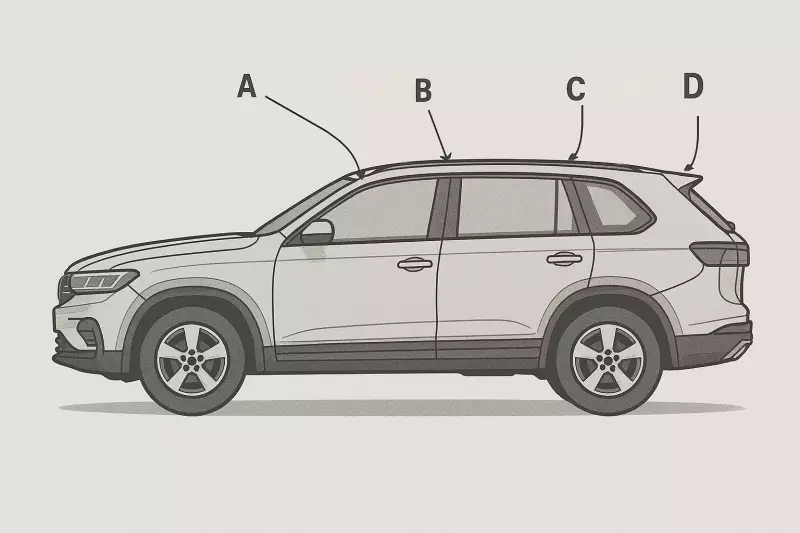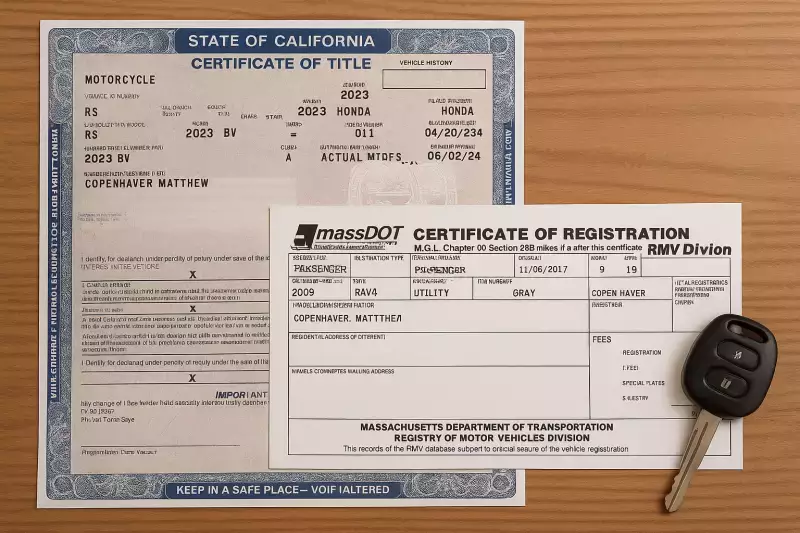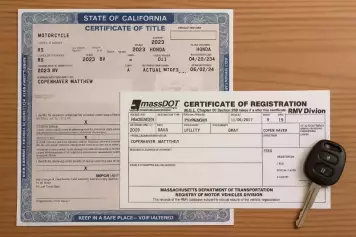Car pillars are structural supports that are inclined or vertical according to their location on the vehicle. These pillars provide shape and needed strength for the overall design. They are presented from the front as A, B, C, and D. They also play a role in aesthetics and structural integrity. The number of the pillars depends on the body type. Compacts, sedans, and coupes have three pillars. Station wagons and SUVs have D-pillars. Understanding the placement and function of the pillars is critical to appreciating the engineering involved.
How To Identify and Differentiate Car Pillars
Pillars are labeled sequentially from the front to the back. The first is the A-pillar, which is set at the windscreen or the windshield. This is followed by the B-pillar central in sedans or coupe models, and the C-pillar is located at the back. A vehicle's A-pillar is the frontmost, supporting the front side windows and windscreen. The next is the B-pillar situated between the front and rear doors.
This particular pillar functions to offer central structural support for the vehicle. It also protects the occupants against side impacts. A C-pillar is in the rear position for sedans, set behind the doors. D Pillars are only found in larger vehicles such as station wagons or Sports Utility Vehicles. These are found even further back than the C-pillar and hold the roofline.
Car Pillars Diagram

A-Pillar
The A-pillar in a car, offers structural support to the vehicle's body, and plays a significant role in design. It is located directly beside the windshield and connects the roof to the vehicle’s body near the hood. The A-pillar also houses the front door hinges in most vehicles. Its function is to support the windshield and maintain roof strength. This pillar also offers structural rigidity to the vehicle’s frame. It can also play a significant role in rollover protection and crash safety. The A-pillar also has design impacts:
- Thicker A-pillars typically improve safety, but they may create blind spots.
- Some sports vehicles have slimmer A-pillars for better visibility.
- It may include mounting points for rearview mirrors or any sensors.
B-Pillar
This is the central vertical support in a vehicle’s body structure between its front and rear. The B-pillar in a car can be found between the front and rear doors for sedans, SUVs, and wagons. Hence, it may connect the roof to the vehicle’s floor, reinforcing the side structure. The B-pillar may be hidden for a pillarless design in smaller cars like coupes. Their function is as follows.
- It provides side impact protection to absorb crash energy
- The B-pillar also strengthens the roof structure to prevent collapses in rollovers.
- Often, the seatbelt may anchor for the front and rear passengers.
- It also supports a door latch mechanism, allowing for secure closure.
C-Pillar
C-Pillar offers rear structural support in most passenger vehicles as they play a role in its strength and design. The pillar is behind the rear doors of SUVs, wagons, and sedans. It also connects the roof to the rear quarter panel of the vehicle. The C-pillar in coupes and hatchbacks typically forms the rear window frame. Hence, its functions are:
- Improving the structural support for the rear part of the vehicle
- It also helps to maintain structural rigidity in the case of rear impacts
- The C-pillar in the car supports the rear windshield glass installation and maintains roof strength.
D-Pillar
The D-pillar is the rearmost support in the vehicle and is usually found in larger vehicles, meaning it is an essential element for extended rooflines. It only exists within long-wheelbase-type vehicles like minivans or station wagons and vans. One can find it behind the C-pillar, so it forms the rear of the vehicle’s roofing. This also connects the roof to the rear quarter panels near the hatch. The D-pillar has the following functions.
- It gives structural support for extended roofing
- The D-pillar improves rollover protection for taller vehicles
- It makes the rear cargo area stronger for load-bearing.
The Purpose of Each Car Pillar
Car pillars are the backbone of the vehicle’s overall structure, so they play distinct interconnected roles in integrating safety and design. The A-pillar is set beside the windshield and acts as the reinforcement for the windshield frame, preventing the roof's collapse during rollovers. It also absorbs frontal impact while housing side curtain airbags or ADAS sensors.
The B-pillar is the central fortress of the vehicle, maintaining structural integrity between the doors and offering side impact protection. Going to the rear, the C-pillar is a protector, stabilizing the back half of the car. It often incorporates rear window components as well, like antennas and defoggers. In larger vehicles, the D-pillar extends this protection and reinforces rooflines to improve rollover effects. These pillars collectively form a safety cage for the occupants and enable diverse automotive design.








![Best Sites to Check a Car’s History [2025 Review]](https://media.infopay.net/thumbnails/K8lMeG2QLjE46LPqZlmoi6SunKKdT5qvlaRZk6e1.webp)










![Best Sites to Check a Car’s History [2025 Review]](https://media.infopay.net/thumbnails/K8lMeG2QLjE46LPqZlmoi6SunKKdT5qvlaRZk6e1-w356.webp)
